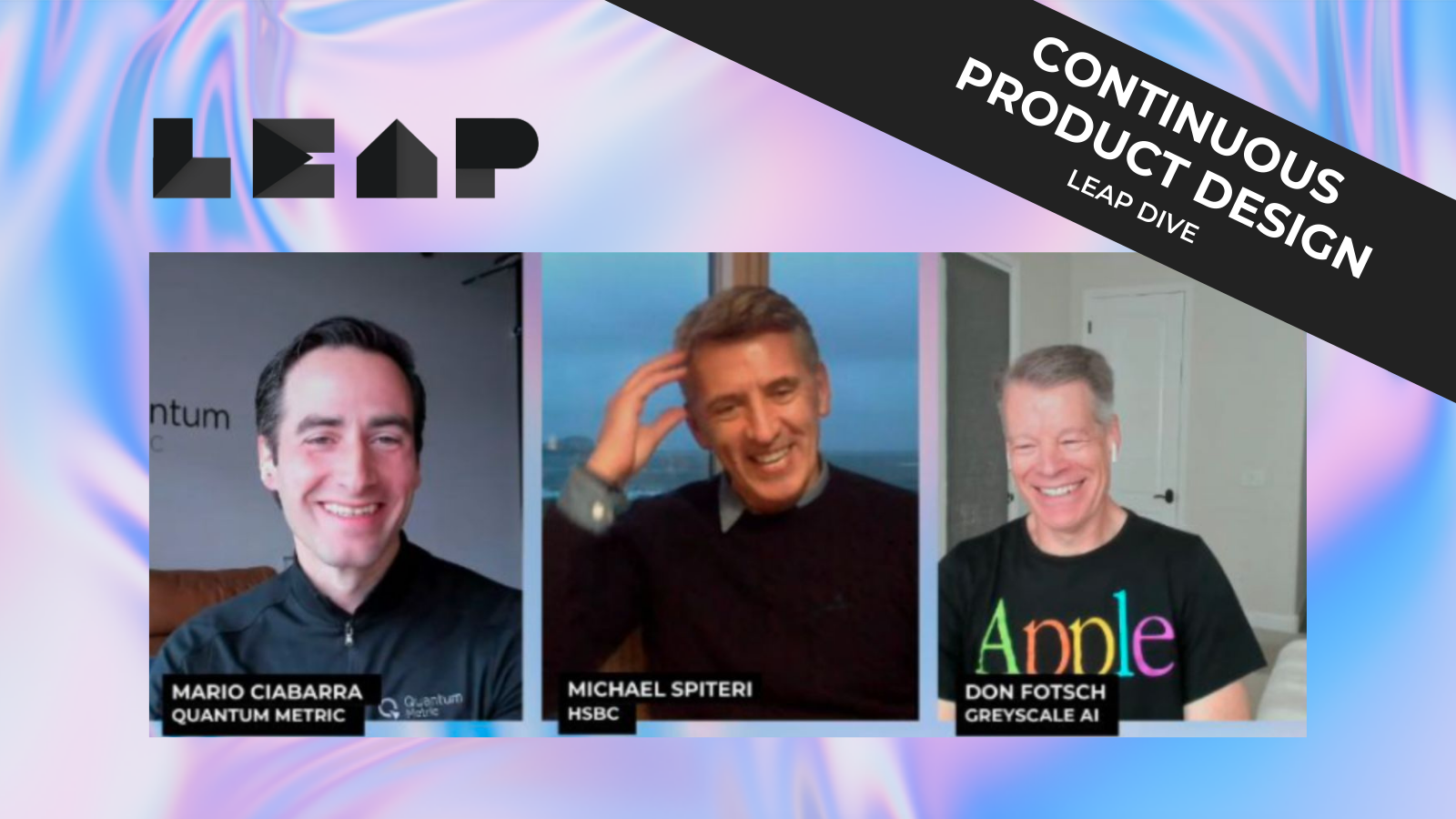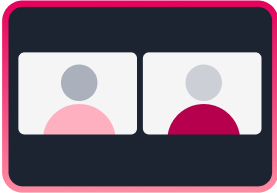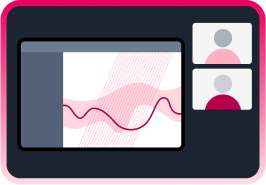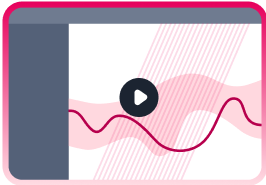Continuous Product Design: Q&A from the LEAP Dive (part 2).

Earlier this month, Don Fotsch and Michael Spiteri met with Mario Ciabarra, CEO of Quantum Metric, to discuss Continuous Product Design in theory and in practice. The conversation began with a panel at LEAP 2021, Quantum Metric’s annual summit for digital leaders, and continued at LEAP Dive last week.
The conversation was so lively that we decided to include a 2-part Q&A followup to address the questions they were unable to answer during the live event. Part 1 appeared earlier this week.
Here’s a look at Part 2.
How do I get my (very) overloaded management team to take CPD seriously and make it a higher priority? We have a million different “high priority” items coming from our board all the time.
- Don: Management teams are still human. They have to say no to a lot of items that are highly impactful. When Apple realized they could make a phone out of the iPad prototypes, the entire company stopped work on the iPad to completely focus on the iPhone. Years after launching the iPhone, they took the iPad off the shelf and finished it. Why? Because the phone market was much larger, AND total focus on the iPhone was essential to Apple’s long-term financial success. All that said, my experience is that starting small is essential. Don’t worry too much about bringing the whole management team along from the beginning–it simply won’t happen. Instead, find that first “customer support call generator” and go fix it with development colleagues and the customer support folks. You’ll be amazed at how quickly you get management’s attention when you are driving costs down while also delighting customers.
- Michael: I’m going to build on Don’s narrative. Most managers struggle to prioritise because they don’t have a data-driven approach to what’s important and what’s not. They are forced to rely on competing anecdotes or HIPPO’s (HIghest Paid Person’s Opinion). In a sea of executive noise, people get confused and think everything’s important. That’s why I ask, “What are we going to stop when we try something new?”CPD is one of the best ways of quantifying the areas with the biggest impact for customers, which makes it easier to identify the biggest business opportunities, especially ones that drive revenue and conversion rates. That’s how I would get an overloaded management team to focus on CPD – show them how it makes the path to customer value clearer and analytical.
What is the future of Product Management, especially given the rise of Internet of Things (IoT)?
- Don: Perhaps the most essential skill that today’s product managers need is analytics acumen. But to be great at analytics, product management teams must have a simple enablement process for fast, iterative development (such as agile or CPD) and supportive listening tools that help them understand the Voice of Customer, such as Qualtrics, Medallia, and Quantum Metric.The boom in IoT technology has provided us access to more useful data, but humans still need to know how to translate the experiences represented by the data into customers’ needs, some of which the customers themselves don’t yet know. The role of Product Management, including analytics acumen, has never been more exciting or needed than now. In fact, two of our six children are currently getting a certificate in Data Science online at Arizona State University.
- Michael: I agree. IoT provides more data than we could have ever imagined 20 years ago. But remember that data without insight has much, much less value. So the PM’s ability to harvest IoT data and turn that information into meaningful insights is super important.
The way you have laid out the need for organizations to work together off a single pane of glass to build better experiences faster makes sense. That being said, what are the leading reasons why organizations might not understand this need? Why are they too slow to adopt?
- Don: In general, humans tend to be slow at adapting to change. Learning is a productive habit that pushes the status quo down. Together, we need to stand on the shoulders of the ever changing status quo and build a brighter future. There’s a saying, “If you want to go fast, go alone. If you want to go far, go together.” In most companies, it takes at least two people, sometimes on different teams, to find an important customer issue and resolve it. Everyone loves to be part of success.We need to enjoy the magic of listening to the Voice of Customer and measuring the financial benefit of fixing issues that platforms like Quantum Metric help teams pinpoint, but we need to do this faster every day! The great companies and brands we know and love today, at one point, were started by one passionate person with an impactful idea; they still needed help to build it from the ground up. So start small, and keep at it. The speed comes from having a lightweight process that is both predictable and repeatable (Agile/CPD)–and using that process over and over and over again.
- Michael: For me, change starts with culture. People need to recognise there’s a problem that must be addressed. Organisations tend to see this too late in the cycle. Many teams don’t react unless they’re facing a “burning platform” or disruptive threat. I would approach this by showing them what a customer actually experiences when trying to use your products or services, as well as how much re-work, cost, and effort is involved in remedying the issue at hand. Once you have leadership engaged and have agreed upon a common narrative, then use something like CPD at each organizational level to create an aligned set of transformation and innovation activities.
Data is fantastic. Observing customers is even better. (Quantum does both) And sitting one-on-one with customers is even better – contextual inquiry research methodology. Can you speak about how you benefit from integrating the expertise of UX Researchers in your process? — because this seems like a key to success.
- Don: Amen! Some people will say something along the lines of, “Once we have data enabled everything, we won’t have to talk to humans any more. Wouldn’t that be great?” I’ll be the first to respond with, “No, it won’t!” Google used to talk like this in the old days, by the way.When a product or service makes your money disappear unexpectedly, you don’t want to chat with a bot! You want an empathetic human to help you–NOW! There are countless success stories where user researchers go deep with very powerful techniques like ethnographic studies, which capture how and why people use your product the way they do. User research also employs innovative techniques that measure biometric markers, like eye tracking technology. To succeed your team needs to integrate Continuous Product Design, traditional user research methods, and platforms like Quantum Metric. It’s not one or the other. Invite user research experts in and ask them to help make the implementation of CPD in your organization even more robust, particularly when creating those first, version 1.0 experiences.
- Michael: I really do believe in the mantra “before we build anything – prototype everything,” and UX researchers are critical in this model. I also believe in creating a design system that enables customer experience to be adaptive and aligned to a particular geography or culture. Again, the role of UX researchers in this process is critical, forming part of the first 2 D’s: Discover and Design.
Is CPD focused on disseminating behavioral analytics throughout the organization? What about other insights generators, like in-context interviews, ethnographic research, or detailed usability?
- Don: Think of CPD as the modern customer-centric way to drive your core product and service creation, as well as your iteration process. And if CPD is the process, then Quantum Metric is the analytics platform supporting that process. In-context interviews, ethnographic research, eye tracing studies and other classic usability tools are great assets to CPD, when used in the right context. The usability tools you mentioned can and should be used as needed when deeper insights are helpful, particularly when developing new products and services. In these cases you want to get something for customers to use quickly, and iterate from there before committing to mass production and/or distribution.
- Michael: I agree with Don. CPD is a process and methodology that requires customer-driven insights. By using the Discover, Define, Develop, and Deliver methodology, teams can leverage CPD to create better customer experiences and business outcomes. Incorporating other insight-generators into CPD should, of course, form part of the methodology.
Curious about learning more about Continuous Product Design, or perhaps even becoming an expert?
Become Continuous Product Design certified today.








